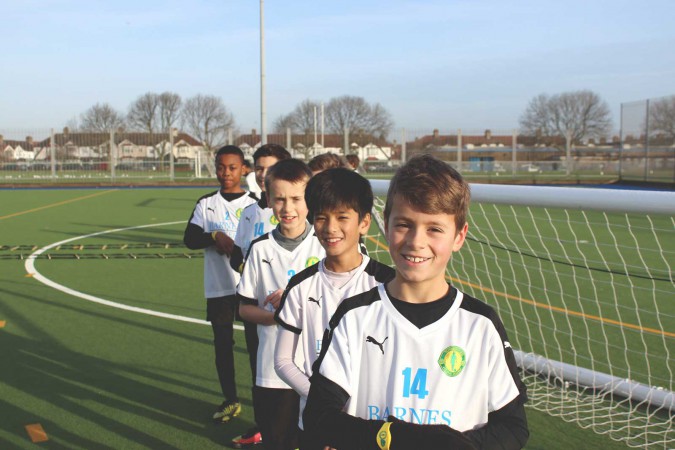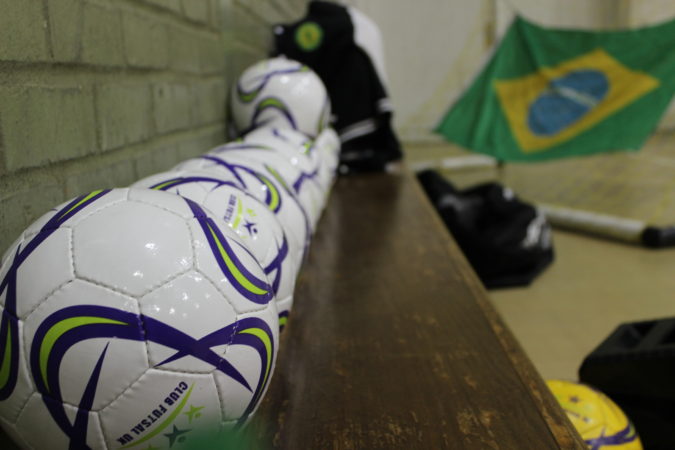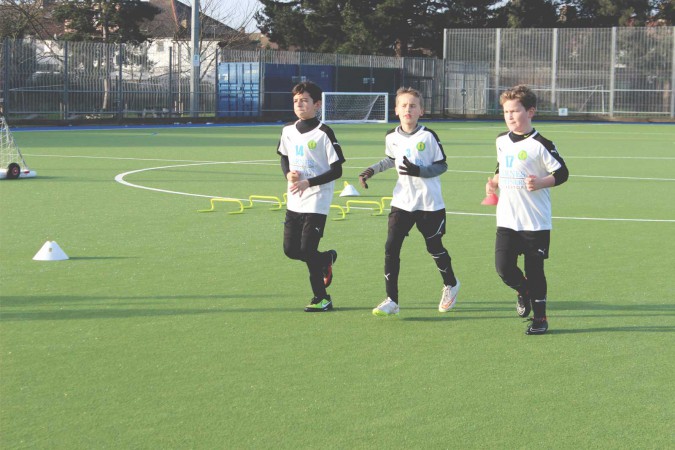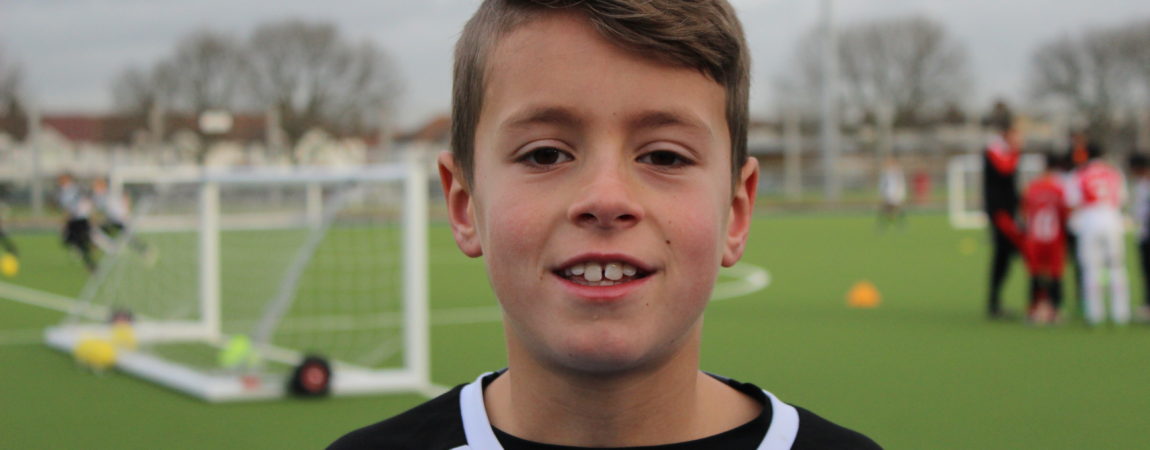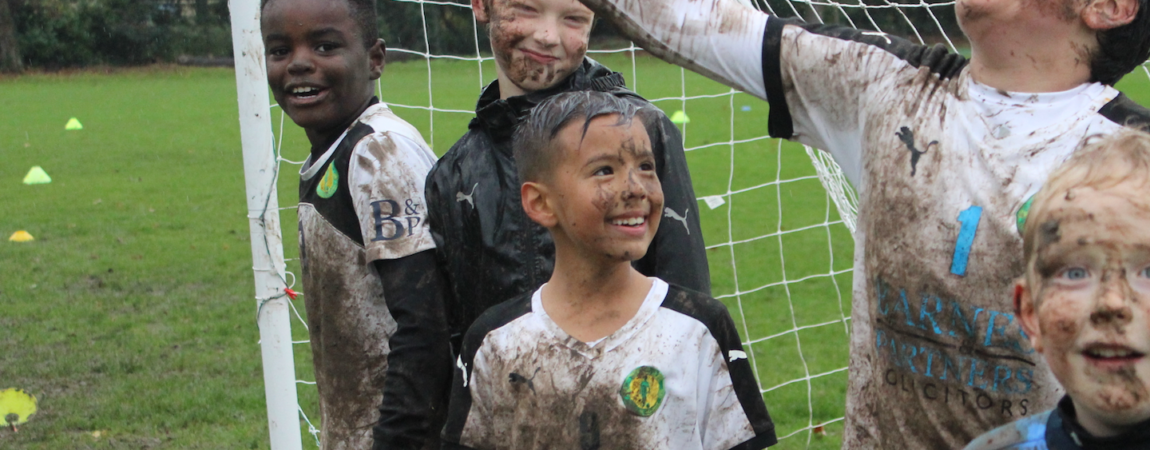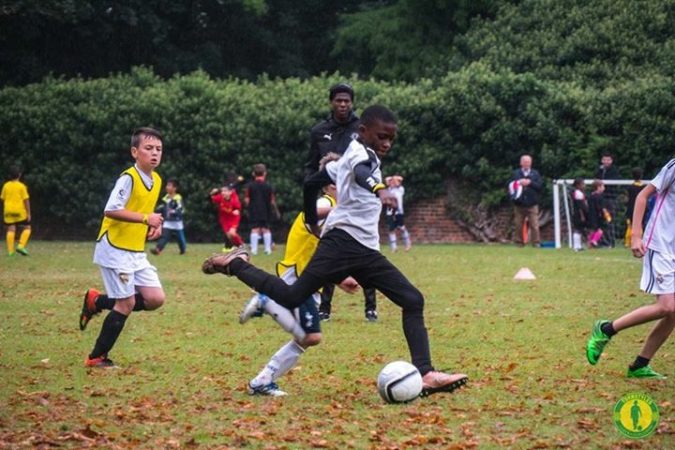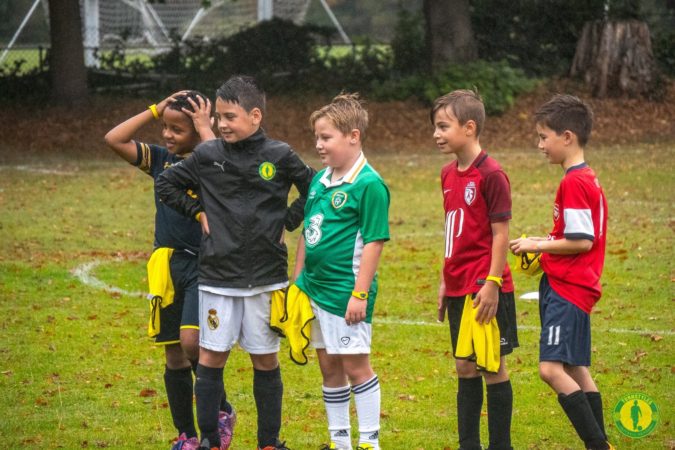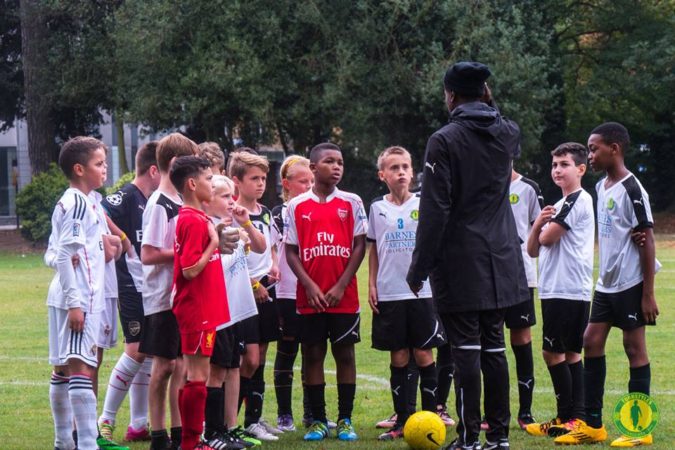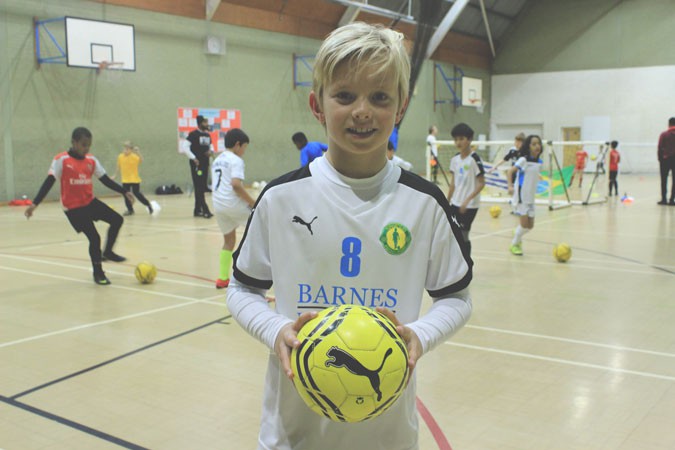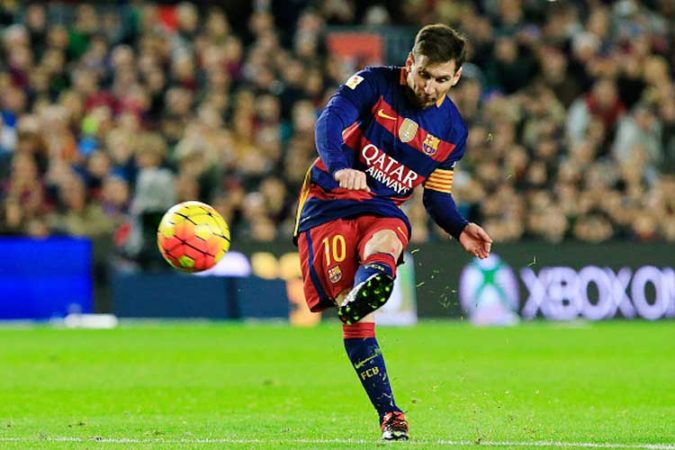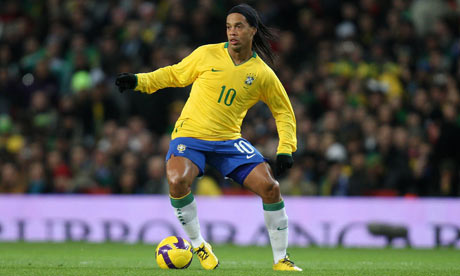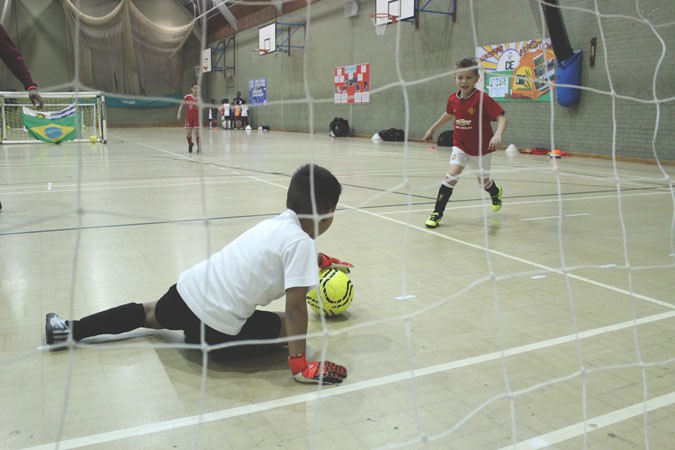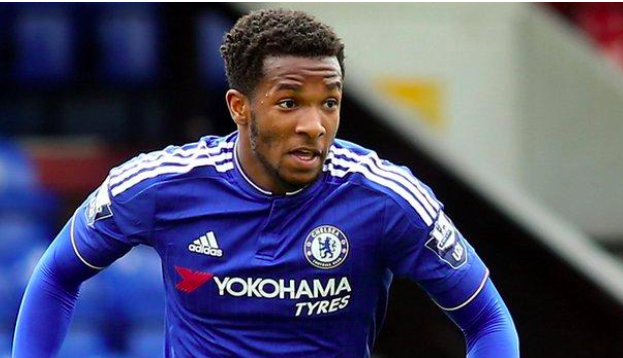By Callum Hosier
Pep Guardiola has been a revelation so far as the Manchester City manager, providing a masterclass in football tactics since joining the club this summer.
When Manchester City beat Swansea 3-1 last weekend, the Catalan coach became only the second manager to win all six of his opening games as a Premier League manager. Only Carlo Ancelotti has managed to achieve such a feat when he took over at Chelsea in 2009.
It is his specific style of play and obsession with tactics that have helped him win so many trophies throughout his career, putting his name amongst the game’s elite managers, but what is the Guardiola way and where did this infatuation with his specific approach stem from?
Guardiola the player
Pep the player was given his debut in 1992 by the Dutch footballing great, Johan Cruyff. Catalan-born Guardiola was deployed as a deep-lying playmaker, a key cog in Cruyff’s machine, entrusted to keep possession and turn defence into attack through his range of passing.
Pep learnt from Cruyff the value of possession, positioning, passing and tactical understanding on the football field, as did FC Barcelona who based their football foundations on Cruyff’s philosophy.
Pep the manager
Guardiola took what he learnt from Cruyff and transferred this knowledge and game understanding into his managerial career, adding in pressing as a key feature to his team’s defensive work to regain possession.
From Barcelona B to the Barcelona first team, then Bayern Munich and now Manchester City, Pep has moulded and sculpted his sides so that they always reflect his ideas on how the game should be played, in order to achieve maximum success.
This season he has taken an underachieving Manchester City side and transformed them into a Pep side. A winning side.
What tactics does he use?
The formation he plays is often set out like a 4-3-3 but quickly switches to a 3-2-5. This setup allows Pep to combine his key concepts: playing out from the back, ball retention, width, creativity and pressing.
Three at the back is a tactic, especially when in possession, that Cruyff deployed when he was a manager. It gives the goalkeeper, usually a very technically sound player with his feet, three options to choose from when he has the ball at the back. The three is usually made up of two centre backs, Nicolás Otamendi and John Stones, and a holding midfielder. For City, this midfielder has been Fernandihno but in the past at Barcelona this player was Sergio Busquets.
Playing out from the back in this way is an attempt to draw the other team in, a tactic which is especially useful when the opposition tries to sit back and defend deep. By drawing the other team out, a few fast passes can eliminate several players from the game and create an attacking situation for Pep’s side.
Once one of the back three collects the ball from the goalkeeper, Pep expects his two full-backs to be positioned high and wide, making the pitch as large as possible. Once they receive the ball, they are expected to pass forwards to one of the attacking five and then tuck in as two central midfield players. This tactic has been named the ‘inverted full-back’ and is deployed because it creates more space for the attacking wide players, usually Raheem Sterling and Nolito or Navas, to isolate their opposing defenders.
The five attacking players are given the freedom to provide the creative flair. The two wide men must stay keep their width to make the pitch as big as possible, creating space for players such as Kevin De Bruyne and David Silva to pick up the ball in the pockets of space between the defence and midfield of the opposition and cause the damage. They can do this by slipping in clever passes to Sergio Aguero or their attacking wingers who can now leave their wide positions, or by going for goal themselves.
Winning the ball back
Defensively, Pep uses an offensive tactic to win the ball back, rather than dropping back to defend their lines. Once his team loses the ball he demands an instant reaction regain it. His front players start this reaction and their aim is to pressure and hassle their opponents to win possession back as quickly as possible.
However, unlike Jurgen Klopp’s Liverpool, Guardiola’s players are not instructed simply to win the ball back and head straight for goal as we have seen with Liverpool this season. Once they regain the ball it is a matter of drawing out the opponent again, keeping the ball circulating until the gaps start to appear in the opposition’s defensive shape.
Then when the time is right to strike, his players must seek to exploit this space that they have created.
For Guardiola’s tactics to work, all players must believe in the ethos, they must understand it and enjoy it, but why would they not? They are professional football players, at the top of their sport and this style allows them to keep the ball, to dominate other teams and to win football matches in style.
So far, all of his Manchester City team seem to have latched onto the Pep way and are reaping the rewards, except for Yaya Toure. Kevin De Bruyne, John Stones and Raheem Sterling are three players who have had doubt cast over their careers so far but have excelled under Guardiola.
In the Champions League, Celtic showed that Pep’s side can leak goals, but an own goal from Raheem Sterling and a poor defensive error Kolarov gifted Brendan Rodger’s side two goals on the night. It will be interesting to see if the Glasweagon side can earn another point when they travel to the Etihad for the reverse fixture.
